By Nathan Pulse
Hi everyone! First off, I'd like to share just how excited I am to join all of you out here in Western Washington. Although born in Iowa, I actually lived in Bremerton, Washington from kindergarten right through high school so this move feels almost like a homecoming of sorts.
I started playing the trumpet in elementary school but didn't really start to take it seriously until high school. Everyone who plays an orchestra or band instrument has that moment where they have to decide if they will continue playing in school music ensembles once they reach high school, and I am very glad that I continued on. The great thing about those school music ensembles is that they teach you so much more than just how to play music. They help you think critically, they teach you leadership skills, and they have you constantly working in a team setting.
Hopefully by now it's clear that this blog entry is all about getting the most out of your school's music program. If your school has the option for you to join a concert, jazz, orchestra, mariachi, or marching band then please, please, please take advantage of them. Very few other times in life will you have the chance to play in a musical ensemble five days out of the week, and the education is invaluable. There are always more classes than just band though. I really believe that singing in choir helped my breathing for trumpet playing. Choir also gets you comfortable performing in front of people without being able to hide behind an instrument. If you can sing front of crowd then you can definitely play the trumpet in front of one! Music appreciation is a class that often gets taken for an "easy A", but it can offer much more than that. Learning some basic music theory and history in an appreciation class can help you write your own music in a way that others can read, expose you to music from different cultures across the world, and even show you how music and musical groups have changed the world around them.
Whether your school offers all of these great programs, or only has one or two, always go out of your way to participate in them. You may only have a few chances in life to be exposed to so much music. Take advantage of it while you can.











